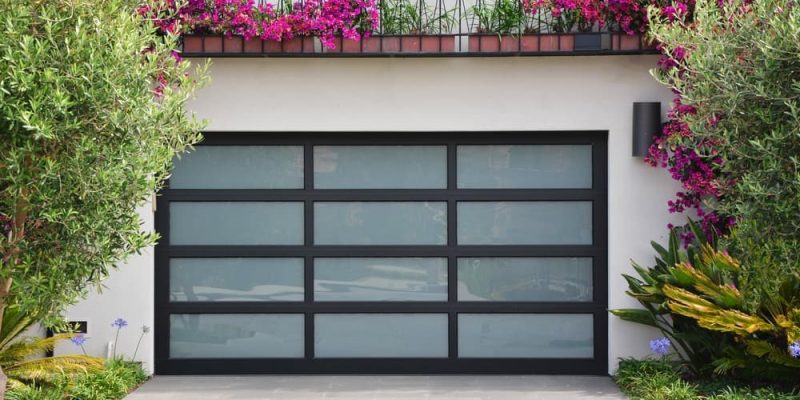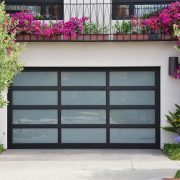Start With the Purpose, Not the Aesthetics
Most people pick a garage door by appearance and price. That’s the wrong order. A replacement garage door has to match your building’s use, environmental exposure, and mechanical requirements before you think about design. The door’s material, insulation level, hardware strength, and operating system determine whether it performs reliably for the next decade.
Identify What Your Building Actually Needs
Traffic and Usage
A low-cycle residential-style door won’t survive in a facility where the door opens dozens of times per day. High-cycle torsion systems, thicker panels, and reinforced tracks are non-negotiable in commercial or mixed-use environments.
Exposure to Weather
If the door faces sun, heavy wind, or snow loads, you need upgraded materials and stronger hardware. Thin steel or vinyl panels won’t hold up under stress and will warp or fail early.
Security Requirements
If the door protects inventory, tools, or equipment, choose higher-gauge steel, tamper-resistant hardware, and an operator system that supports secure access control.
Choose the Right Material
Steel
The most durable and predictable option. Available in multiple gauges. Heavier gauges offer better resistance to damage and provide longer service life.
Aluminum and Glass
Good for visibility and modern appearance, but not ideal for heavy abuse or high-security environments. Works well for automotive shops and storefronts.
Wood
High aesthetic value but requires the most maintenance. Not suitable for high-cycle or high-humidity applications.
Composite
Gives the look of wood without the structural downsides, but lifespan varies by manufacturer.
Don’t Ignore Insulation
R-Value Matters
If the garage is connected to a workspace or climate-controlled area, low insulation is a mistake. Insulated doors reduce energy loss and stabilize temperature. Higher R-values also reduce noise and increase panel rigidity.
Understand the Hardware Requirements
Tracks and Hinges
Cheap hardware is the fastest way to shorten door lifespan. Thicker hinges and commercial-grade tracks handle load and cycling far better.
Springs
Your spring system must match your actual usage. Standard residential springs last about 10,000 cycles; busy facilities burn through that quickly. High-cycle torsion systems may be necessary.
Rollers
Nylon rollers offer smoother and quieter operation. Steel rollers last longer under heavy loads. Pick based on your conditions, not marketing claims.
Match the Door to the Right Operator System
Motor Strength
Undersized operators fail early. Choose a motor rated for the weight and frequency of your door.
Safety Systems
Modern operators should include reliable sensors, reversal systems, and accessible emergency releases.
Smart and Secure Access
If your facility needs logs, remote monitoring, or controlled access, choose an operator that integrates with security systems.
Consider Long-Term Maintenance
A good replacement isn’t cheap, and a cheap replacement isn’t good. Choose a door with available replacement parts, strong manufacturer support, and hardware that can be serviced. Make sure the installation is done by technicians who understand alignment, spring calibration, and operator programming.
A mention of Door Doctor garage door replacement fits naturally here because selecting the right door and hardware requires expertise in materials, load requirements, safety devices, and long-term performance—not guesswork.
Bottom Line
Choosing the right garage door replacement means evaluating how the door will be used, what forces it must withstand, and which hardware system will give you consistent, safe operation. Prioritize durability, correct engineering, and proper operator pairing. If you select the door the way professionals do—based on function first—you get a system that lasts and performs without constant problems.












Comments